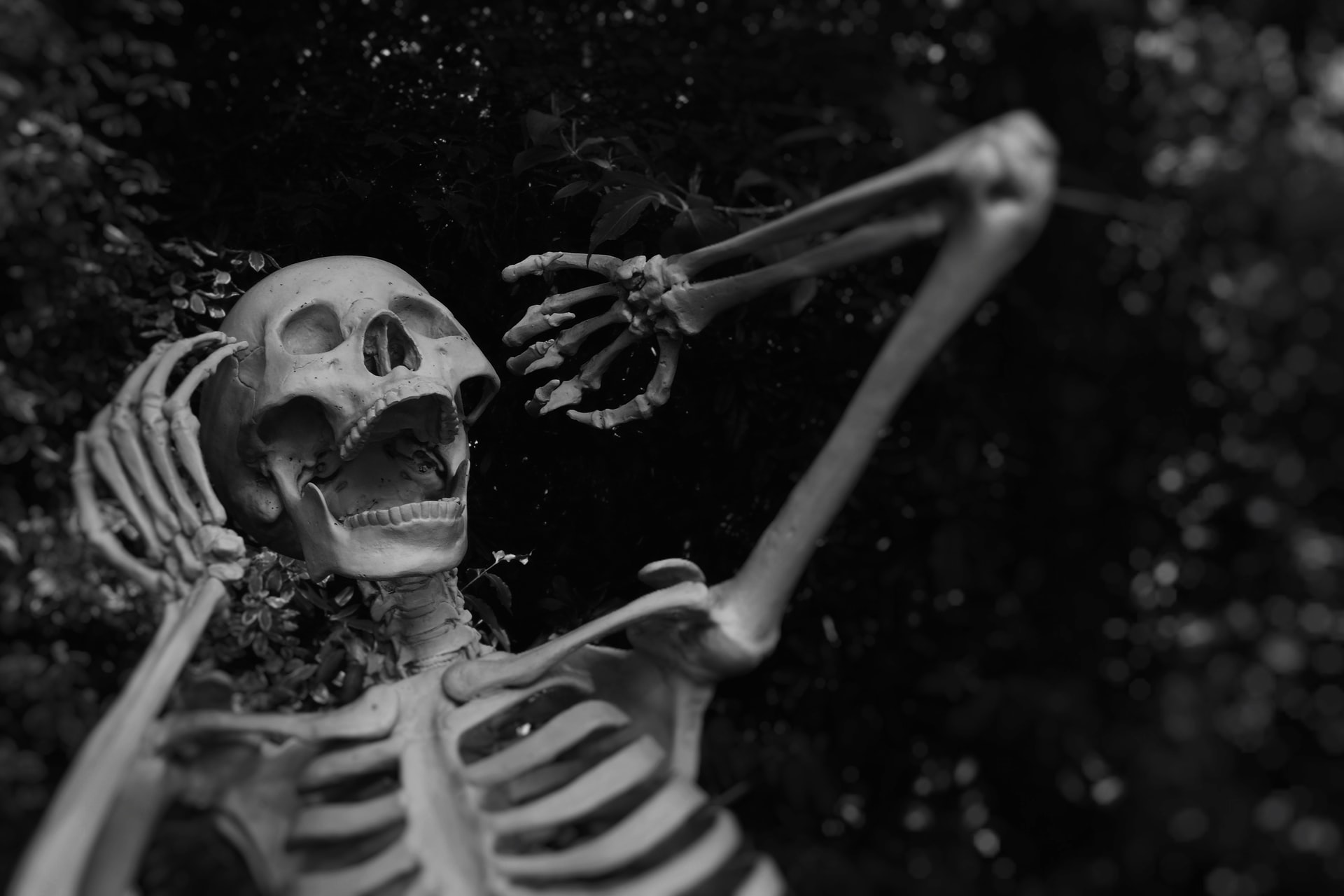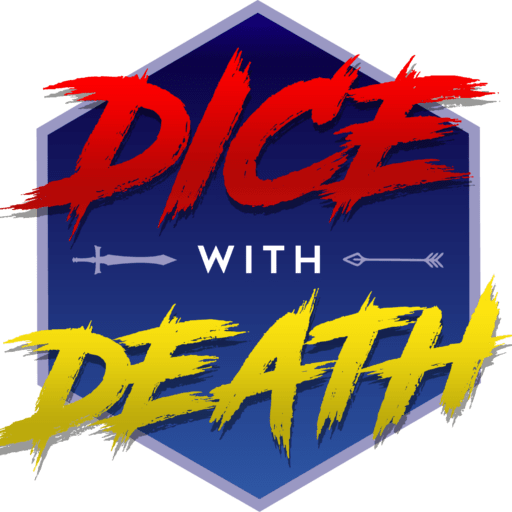
In Dungeons and Dragons, death is an important yet difficult thing to approach when you’re running a game. The absolute beauty of D&D is that a character a player has spent hours with can die. As a Game Master (GM), you can create genuine jeopardy and raise the stakes of any campaign.
This guide gives you, as a GM, 5 important things you need to think about when dealing with death in DnD.
1. What’s your campaign style?
At the start of your Dungeons and Dragons campaign, even before your Session Zero, you should have a discussion with your party about how you collectively want to deal with death.
Think about the tone and themes of your campaign as it’s an incredibly important thing to consider. If you’re running a gothic horror-themed game like The Curse of Strahd then death needs to be a constant threat and final. On the other hand, if you’re running a light-hearted campaign for younger players then you will want to treat death differently or avoid it all together.
The type of DnD session you’re running matters too. In a one-shot, death really doesn’t matter. The consequences are contained to those short few hours and then you move on. Of course, some of the best short adventures kill off the entire party.
There are game mechanics you need to think about too. For example, the spell Revivify is a way to bring a player back from the dead.
Revivify
You touch a creature that has died within the last minute. That creature returns to life with 1 hit point. This spell can’t return to life a creature that has died of old age, nor can it restore any missing body parts.
Dungeons and Dragons Players Handbook
As the GM, you need to decide whether you care about the material components a spellcaster needs – do they need to have a diamond – or can your spellcasters just cast what they want.
2. Kill a beloved NPC
For death to matter, there need to be high stakes. Other than killing off one of your party early on in a campaign, the easiest way to create the fear of death is killing off a beloved none player character. Does your party love that tavern-keeper? Dead! That beloved animal companion who’s followed them throughout their adventure so far? Oh, so dead!
Make your party feel that loss so they know that death matters. Narratively death is a way to drive a story forward, if your bad guy kills that beloved NPC then you know the party is going to retaliate.
3. Resurrection spells
There are lots of spells that you can use to bring someone back from the dead in Dungeons and Dragons. I think the two that are the most narratively interesting are Raise Dead and Reincarnate.
Raise Dead
You return a dead creature you touch to life, provided that it has been dead no longer than 10 days. If the creature’s soul is both willing and at liberty to rejoin the body, the creature returns to life with 1 hit point. This spell also neutralizes any poisons and cures nonmagical diseases that affected the creature at the time it died. This spell doesn’t, however, remove magical diseases, curses, or similar effects; if these aren’t first removed prior to casting the spell, they take effect when the creature returns to life. The spell can’t return an undead creature to life. This spell closes all mortal wounds, but it doesn’t restore missing body parts. If the creature is lacking body parts or organs integral for its survival—its head, for instance—the spell automatically fails. Coming back from the dead is an ordeal. The target takes a −4 penalty to all attack rolls, saving throws, and ability checks. Every time the target finishes a long rest, the penalty is reduced by 1 until it disappears.
Dungeons and Dragons Players Handbook
Reincarnate
You touch a dead humanoid or a piece of a dead humanoid. Provided that the creature has been dead no longer than 10 days, the spell forms a new adult body for it and then calls the soul to enter that body. If the target’s soul isn’t free or willing to do so, the spell fails. The magic fashions a new body for the creature to inhabit, which likely causes the creature’s race to change. The GM rolls a d100 and consults the following table to determine what form the creature takes when restored to life, or the GM chooses a form.
d100 Race: 01–04 Dragonborn | 05–13 Dwarf, hill | 14–21 Dwarf, mountain | 22–25 Elf, dark | 26–34 Elf, high | 35–42 Elf, wood | 43–46 Gnome, forest | 47–52 Gnome, rock | 53–56 Half-elf | 57–60 Half-orc |61–68 Halfling, lightfoot | 69–76 Halfling, stout | 77–96 Human | 97–00 Tiefling
The reincarnated creature recalls its former life and experiences. It retains the capabilities it had in its original form, except it exchanges its original race for the new one and changes its racial traits accordingly.
Dungeons and Dragons Players Handbook
Raise Dead is very much described as an ordeal and Reincarnate can completely change that player’s experience. I love the thought of a stealthy halfling rogue being transformed into a hulking 7ft tall goliath.
4. Give them their moment
In a campaign setting, your party have invested a lot of time in their characters. When a character’s final moment comes, it needs to be given significance in your storytelling. Describe the characters final moments with extra care. Was it a heroic moment? Is there anyone in the afterlife waiting for that character and do they greet them? Do you give that fallen playing a chance for some last words?
If you’re in a combat encounter, you might want to wait until it’s concluded to give these moments.
A character’s death is also a very powerful way to end a session of Dungeons and Dragons.
5. Drive the story forward
For death to matter, it should have a lasting effect in a campaign and drive the overall story forward. Do the remaining party members want to bring that dead character back? Is there a quest that they can go on to do this? Does the dead character have a connection to NPCs or quests in the future?
I always find that it helps to think about existing stories and media to explore how a Dungeons and Dragons plot could develop. Here’s some geeky inspiration:
- Star Trek: Search for Spock sees the crew of the Enterprise trying to find a reincarnated Vulcan.
- The Lovely Bones follows the journey of a child as she watches her family from the afterlife.
As a GM, you’re not always going to be popular with your decisions but you need to be consistent with them. Death can be very unpopular so I hope these 5 suggestions help you.
I’d love to hear your experiences of death in Dungeons and Dragons and if you’ve got any top tips for Game Masters. Let me know in the comments below.
